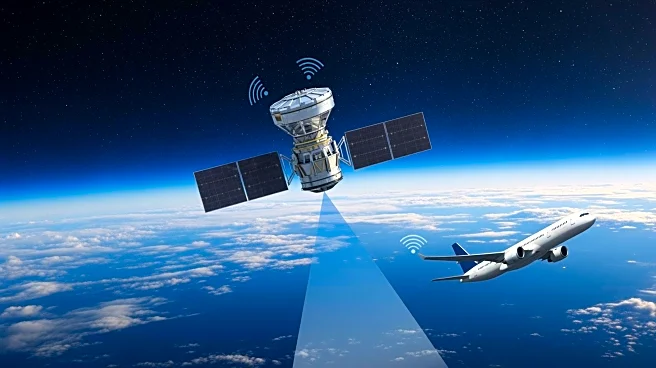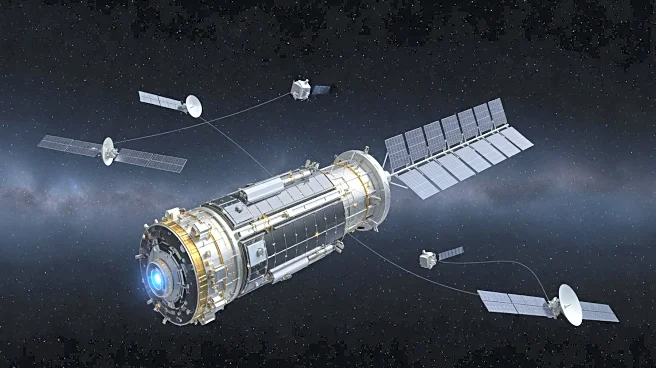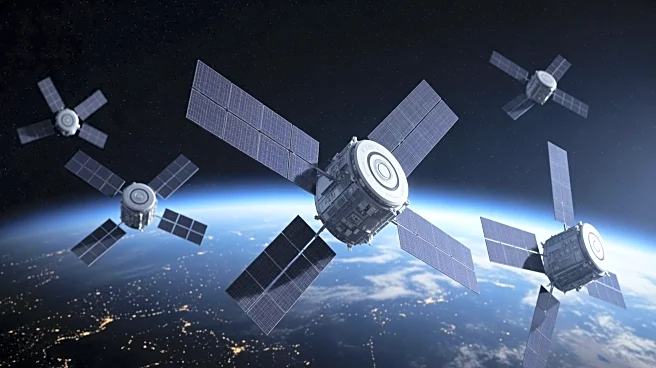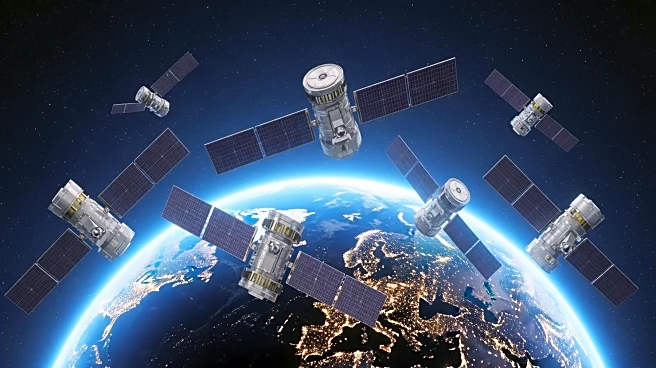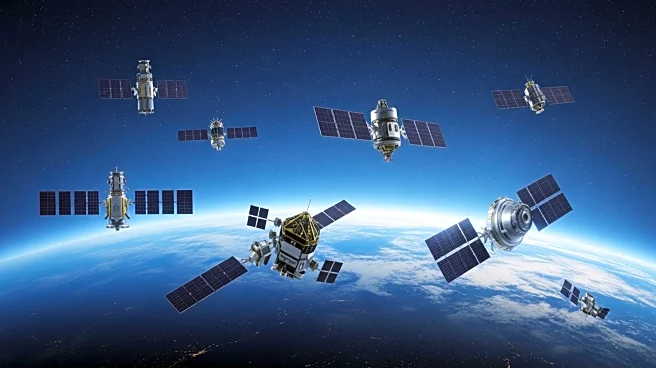What's Happening?
SpaceX's satellite internet division, Starlink, is actively engaging with operators in the Democratic Republic of Congo (DRC) to expand internet coverage to remote and underserved regions. Africell DRC CEO
Kory Webster confirmed ongoing discussions with Starlink for a potential partnership, while a Vodacom executive mentioned talks for a complementary service aimed at connecting hard-to-reach areas. Starlink received its operating license in May after the DRC government reversed an earlier ban. The country faces significant connectivity challenges due to slow fiber rollout and limited terrestrial infrastructure, with only 30% of the population having internet access as of 2023.
Why It's Important?
The expansion of Starlink's services in the DRC could significantly improve internet access in a country where connectivity is limited. This development is crucial for bridging the digital divide and fostering economic growth in remote areas. Enhanced internet access can facilitate better communication, education, and business opportunities, potentially transforming the socio-economic landscape. Moreover, Starlink's involvement underscores the growing importance of satellite technology in addressing infrastructure gaps in developing regions, which could lead to increased investment and innovation in the sector.
What's Next?
If the partnership proceeds, Starlink's satellite technology could provide a viable solution to the DRC's connectivity issues, offering faster and more reliable internet services. This could prompt other countries with similar challenges to consider satellite internet as a feasible option. Additionally, successful implementation may encourage further collaborations between Starlink and other telecom operators in Africa, potentially leading to broader regional connectivity improvements.
Beyond the Headlines
The collaboration between Starlink and DRC operators highlights the ethical dimension of technology access, emphasizing the need for equitable internet distribution. It also raises questions about the long-term sustainability of satellite internet solutions in regions with challenging geographical and political landscapes.


